Alfred Jarry believed in books because he wanted to be God. For him, the printed volume was not merely the expression of an author’s thought but an extension of the self and, beyond this, a means of subjugating others. His magnum opus, Ubu Roi, features a Grand Guignol Macbeth who dispatches friend and foe alike as he claws his way to the top; for Ubu’s creator, however, the path to power was not the sword but the tome, a vehicle of omnipotence and immortality. As Julien Schuh writes in the catalogue to ‘Alfred Jarry: The Carnival of Being’, Jarry considered the book ‘a machine to disembrain his reader, a tool to transform minds and impose his will on them’. Or as Jarry put it, ‘God – or myself – created all possible worlds.’
In order for the machine to function, Jarry felt that the written content must work in tandem with the physical package. The writer had not only to compose the words, but to oversee every aspect of the book’s manufacture, from paper choice to type design to binding stitches. The exhibition at the Morgan, which celebrates an important gift to the library, focuses on Jarry’s fetishisation of the book, his close attention to its making, the innovations he brought to bibliographic arts, and the quixotic will to power underlying his productions.
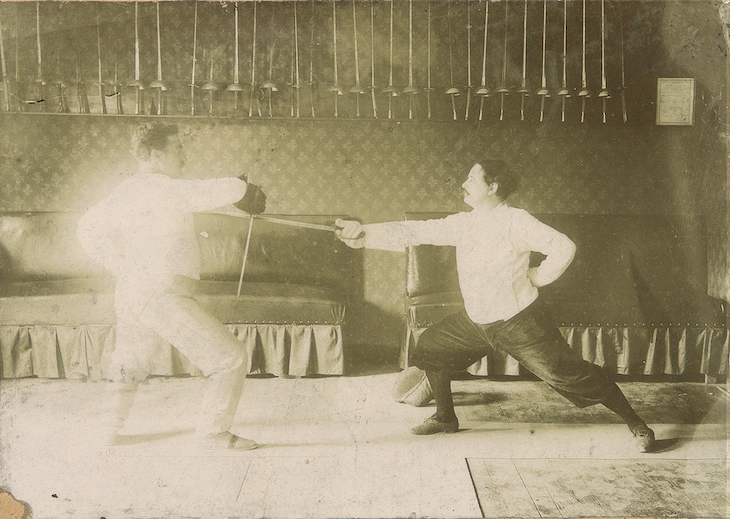
Alfred Jarry (right) fencing with Félix Blaviel in Laval in 1906. Courtesy Morgan Library & Museum, New York
Jarry, who died in 1907 at the age of 34, occupies a special place in the pantheon of cult figures. The man whose brief career yielded both King Ubu and pataphysics, the ‘science of imaginary solutions’, has influenced nearly every member of the avant-garde star chamber, from James Joyce to John Cage. Today he is primarily remembered for the scandal that surrounded the premiere of Ubu Roi in 1896, and especially for its tyrannical antihero, the epitome of self-serving villainy. It has become a commonplace to see the rotund, green Ubu, with his cabal of sinister yes-men and his inclination to ‘destroy even the ruins’, as an avatar for any number of real-life autocrats, including a certain orange president.
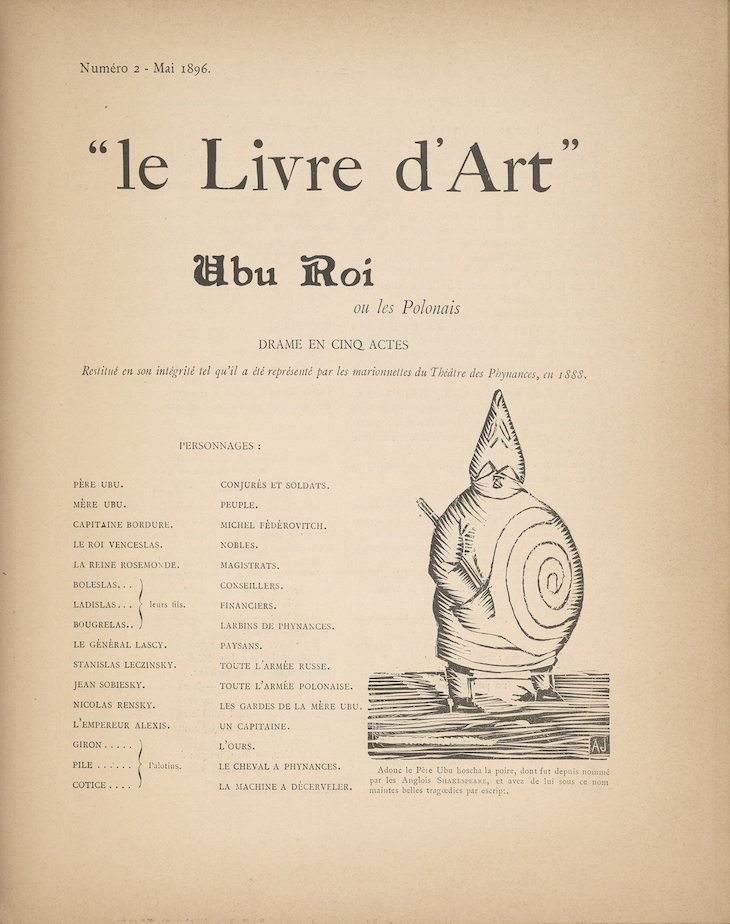
Ubu Roi (1896), Alfred Jarry, published in Livre d’Art no. 2 (April 1896). Courtesy the Morgan Library & Museum, New York
But what the Morgan show reveals is that Jarry, who famously affected Ubu’s obstreperous manner in public, also harboured a monkish devotion to the bibliographic arts, as well as a genius for turning the techniques of the past into something much more forward-looking. His mash-ups of disparate elements, which juxtapose his own original woodcuts with found imagery from various epochs, anticipate such modernist and postmodern mainstays as the collages of Max Ernst and the appropriation art of Sherrie Levine and Richard Prince. The rebus-like typography he employs on his title pages (legibility be damned!) predates Marinetti’s parole in libertà and Tzara’s Dada broadsides by nearly two decades.
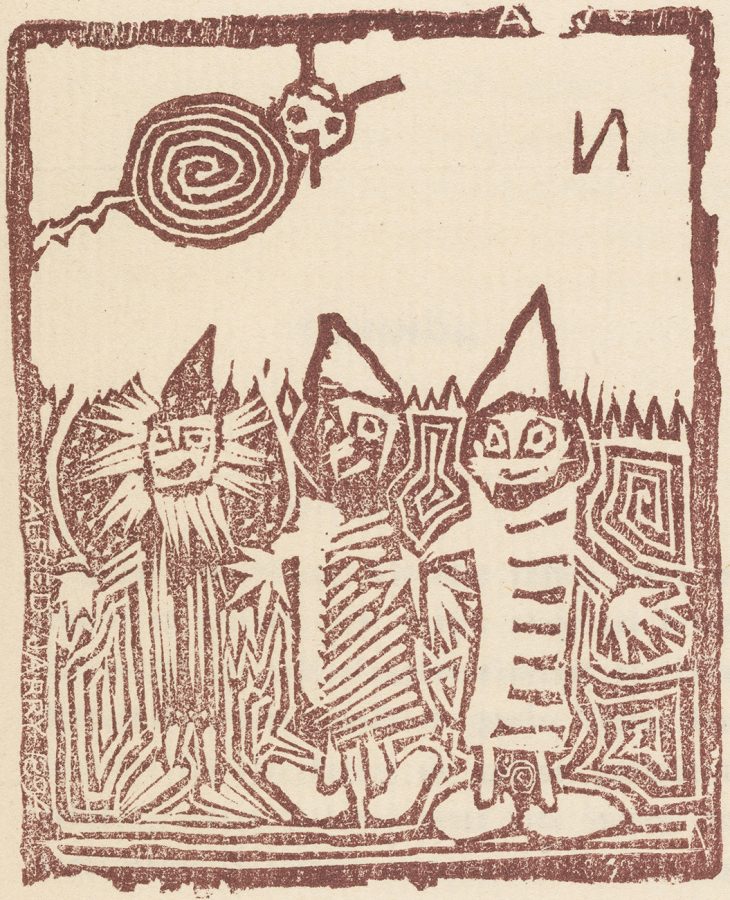
Illustration in Les minutes de sable mémorial (Paris: Mercure de France, 1894), Alfred Jarry. Photo: Janny Chiu; courtesy Morgan Library & Museum, New York
The display is a bibliophile’s paradise of hand-decorated first editions, manuscripts, ephemera, and artwork, including some splendid Épinal prints and works by the Pont-Aven artists (Gauguin, Charles Filiger) with whom Jarry rubbed shoulders. Among the many highlights are homages and responses to the man and his creations by Joan Miró, William Kentridge, Picasso, Pierre Bonnard, Ernst, Hockney, Dora Maar, and others. Most are works on paper, though Douanier Rousseau’s canvas La Guerre (1894) from the Musée d’Orsay – a lithograph of which Jarry published in his magazine L’Ymagier – enlivens one room, nearly overwhelming the display cases below it. There is also a stunning copy of Jarry’s Les Minutes de sable mémorial, crafted by the author and printed on a rainbow of different-coloured papers, that in itself constitutes an argument for why the physical book will always have validity. (It’s worth remembering that in Jarry’s day, pundits were already predicting the demise of books owing to the advent of sound recording and film.) And though the show is small, the visitor can trace a fascinating evolution in Jarry’s own visual output, from crudely executed religious icons to his more sophisticated frontispieces and theatre programmes.
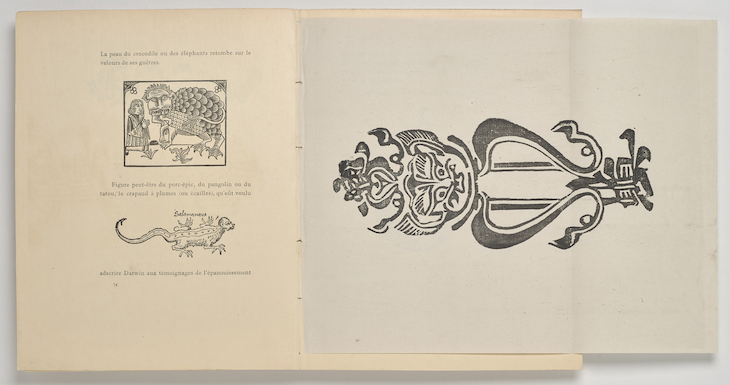
Unfolded spread from L’Ymagier (Paris: Mercure de France, 1894–1896), Alfred Jarry. Photo: Janny Chiu; courtesy Morgan Library & Museum, New York
All that said, what really stand out in this show, and what make it such a powerful experience, are the obsessively reiterative portraits of Ubu, both by Jarry and by the many artists who have fallen under his sadistic charm. Jarry’s despotic alter ego, with his spiral-emblazoned paunch, pear-shaped head and supercilious expression, remains a disquietingly hilarious embodiment not only of the French fin-de-siècle, but of our own benighted times as well. The many volumes he adorns, meanwhile, are a reminder that creating books is not the worst way to play God.
‘Alfred Jarry: The Carnival of Being’ is at the Morgan Library & Museum, New York, until 10 May.
Unlimited access from just $16 every 3 months
Subscribe to get unlimited and exclusive access to the top art stories, interviews and exhibition reviews.


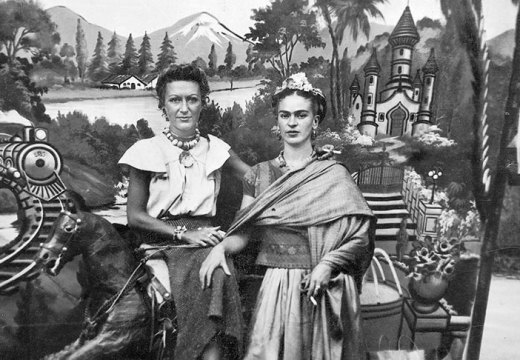
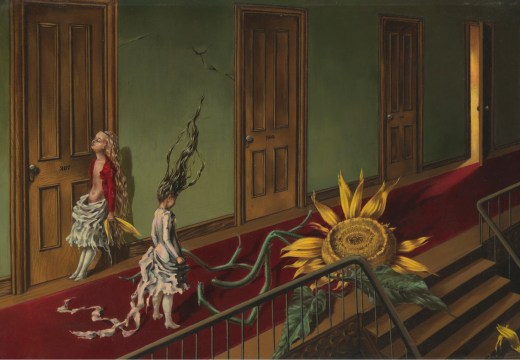
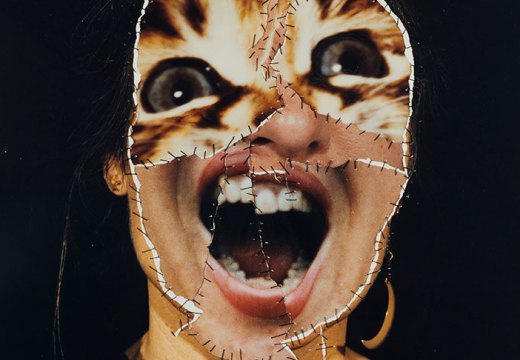









![Masterpiece [Re]discovery 2022. Photo: Ben Fisher Photography, courtesy of Masterpiece London](http://www.apollo-magazine.com/wp-content/uploads/2022/07/MPL2022_4263.jpg)
It’s time for the government of London to return to its rightful home